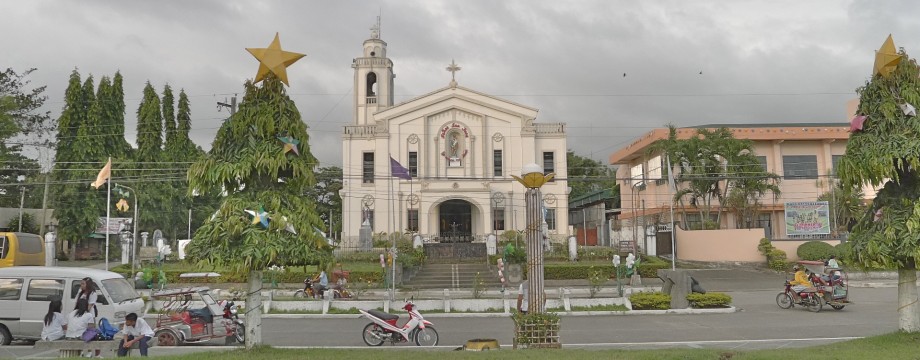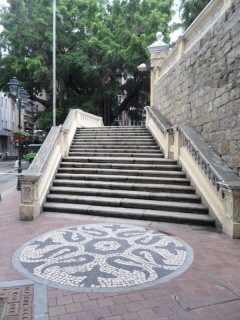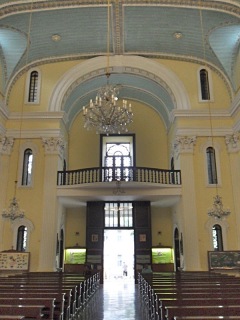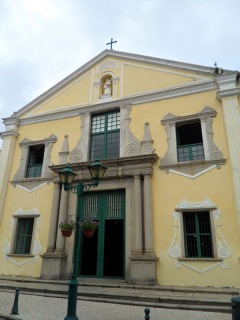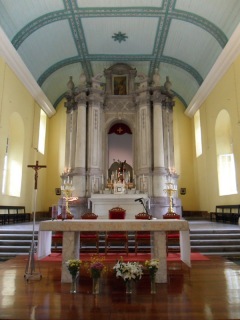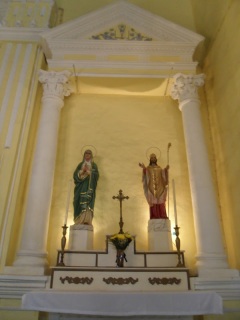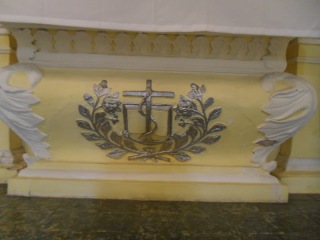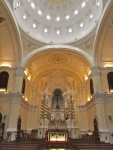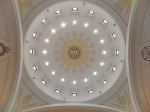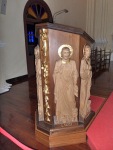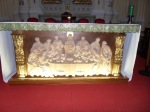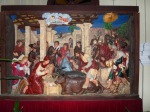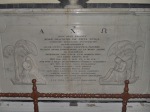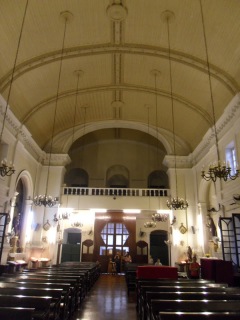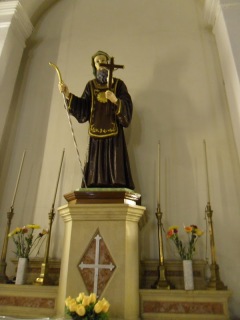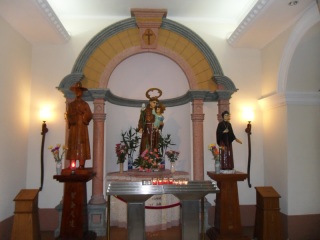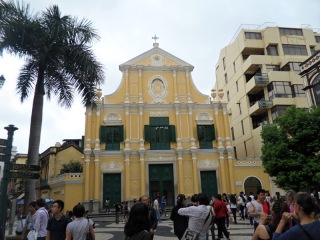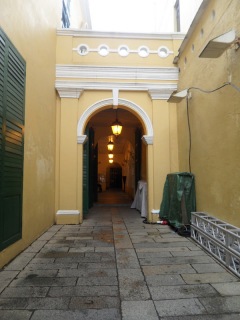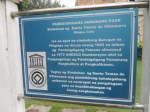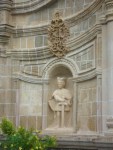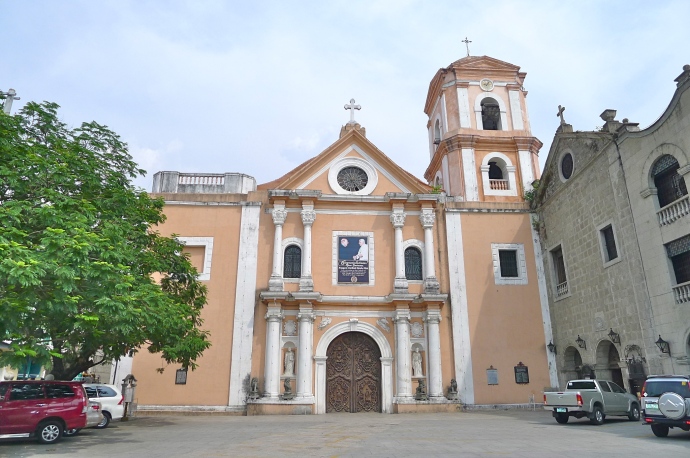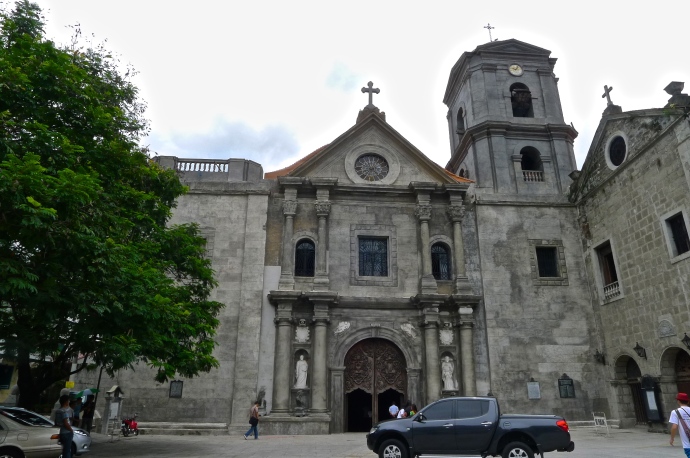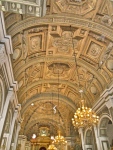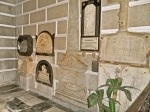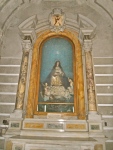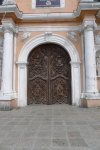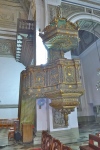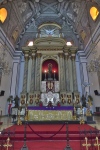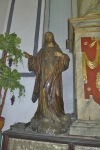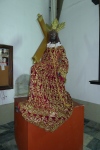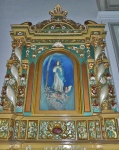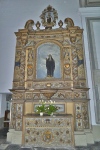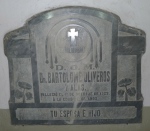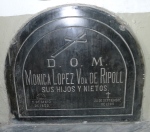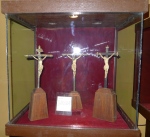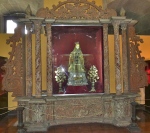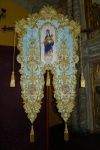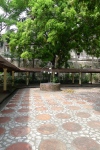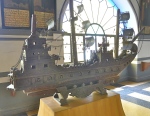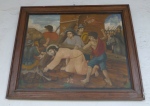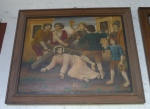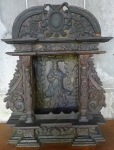Unesco World Heritage
Saint Lawrence’s Church (São Lourenço) @ Macau
Saint Augustine’s Church (Santo Agostinho) @ Macau
Saint Joseph’s Church-São José (Macau)
The church facade is 27 metres wide and 19 metres at the highest point. A broken arch, typical of baroque architecture, tops the main entrance of the church. The curved pediment displays the Jesuit insignia at the centre. The facade is characterized by moulded plaster relief, accentuated in white against the plain wall rendered in yellow. The church is laid out in a Latin cross, with its axis measuring 16 metres by 27 metres. The three altars are elaborately ornamented, incorporating pediments supported on two sets of four spiral columns decorated with gold-leaf motifs. Supporting the high-choir at the entrance of the church are four salomonic columns that are signatures of the mannerist art movement which had a significant influence on European architecture particularly in church design prior to the baroque period. The central dome measures 12.5 metres in diameter and rises 19 metres above the ground. It is decorated with three rows of sixteen clerestories; those on the top row are fixed and the others in the lower two rows serve as ventilators.
In contrast with the elaborate architecture of St. Joseph’s Church, the Seminary is a simple, neo-classical compound designed with an internal cloister garden. Constructed primarily of grey brick, the solid walls stand on granite foundations. The arrangement inside the building is typically organized with wide corridors running as much as 80 metres long with classrooms off them. (Information Sourced from Cultural China)
The Saint Joseph’s Church is a UNESCO WORLD HERITAGE SITE
More from Other Websites: Asia Explorers
